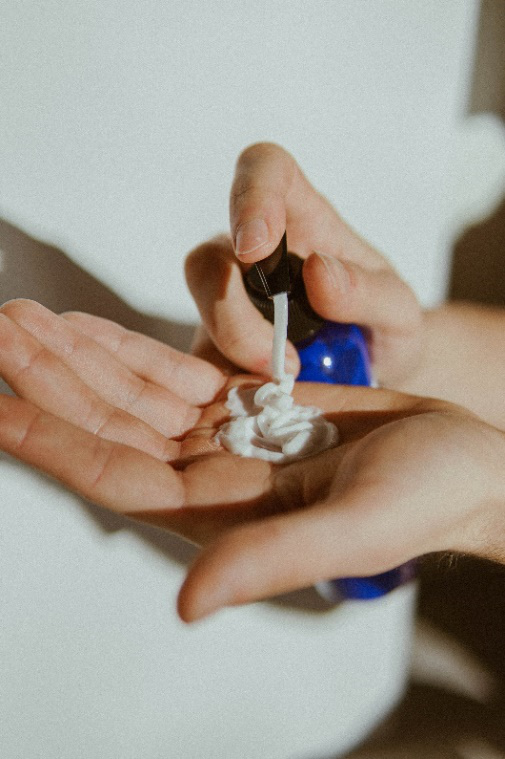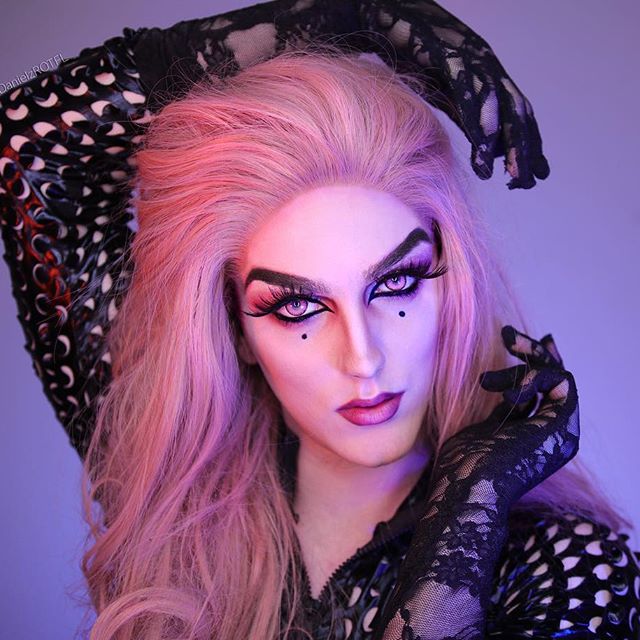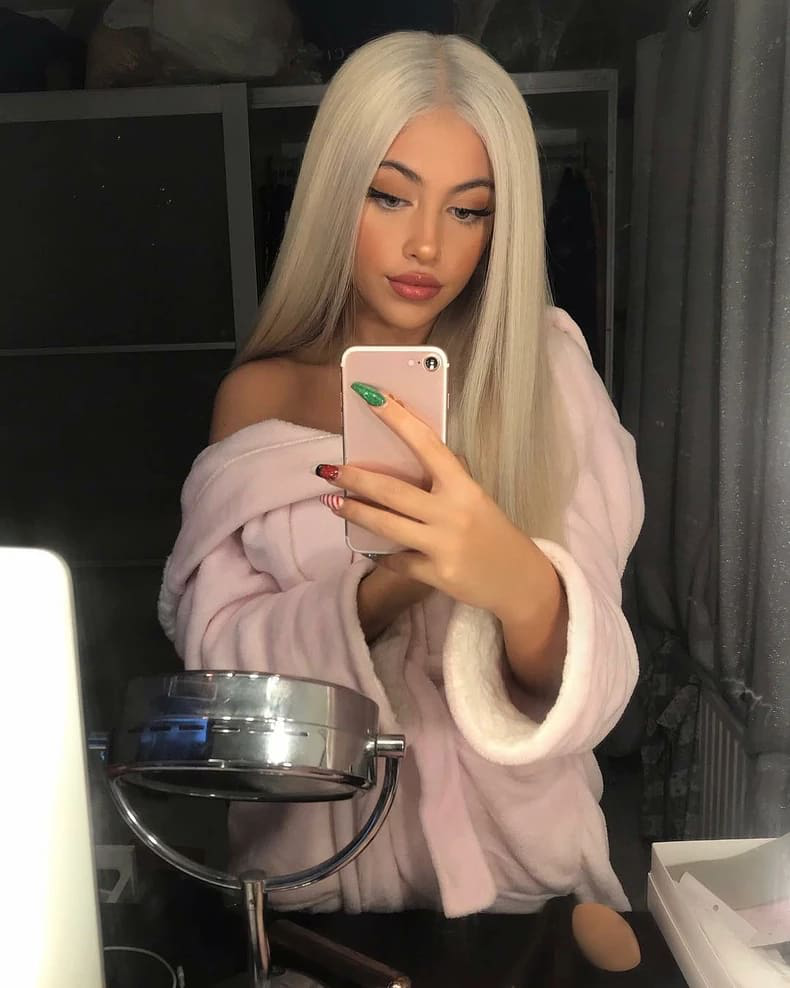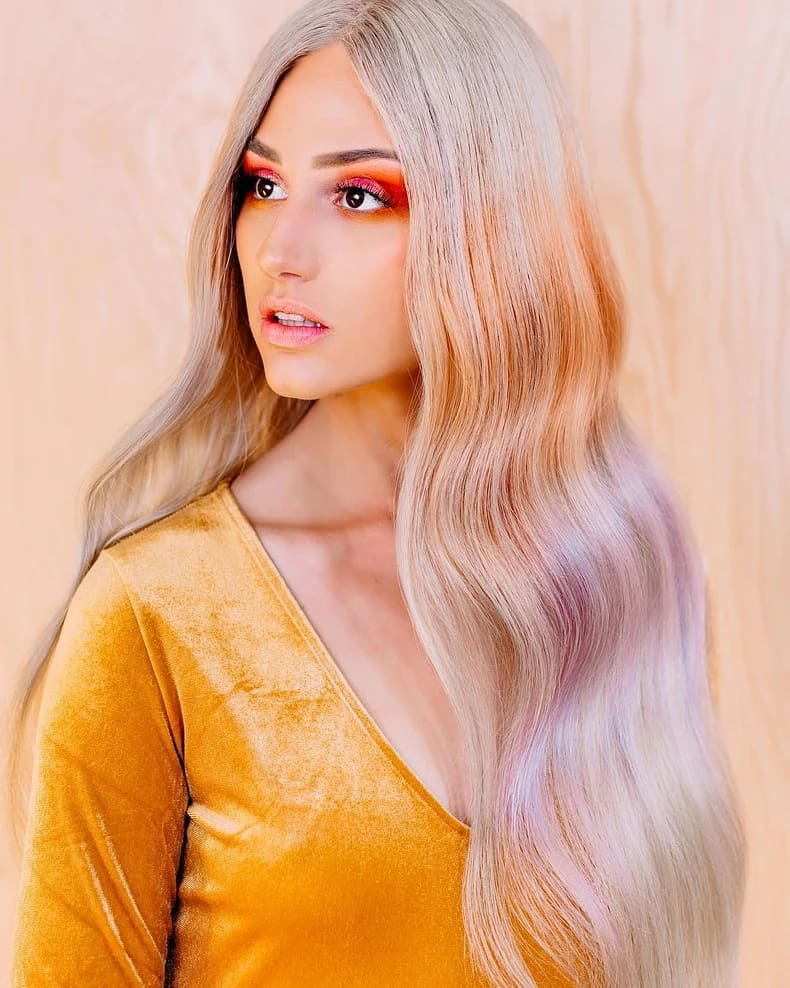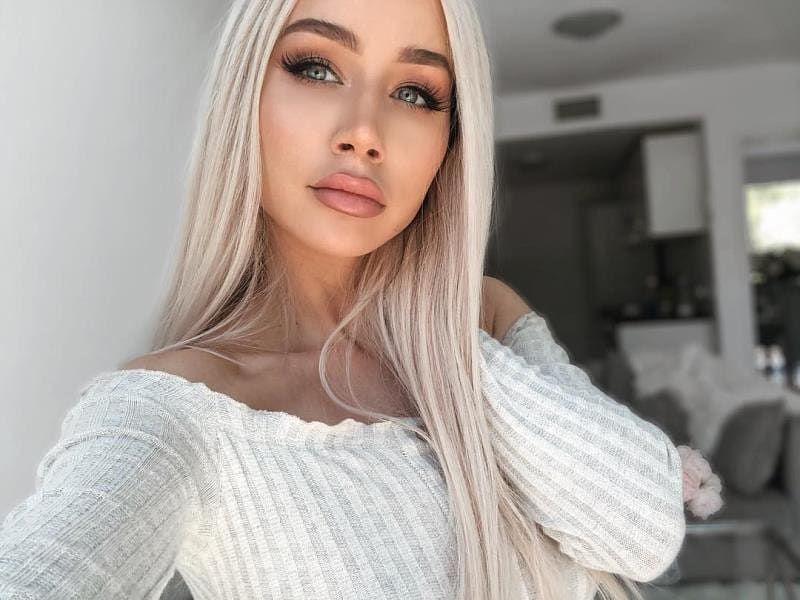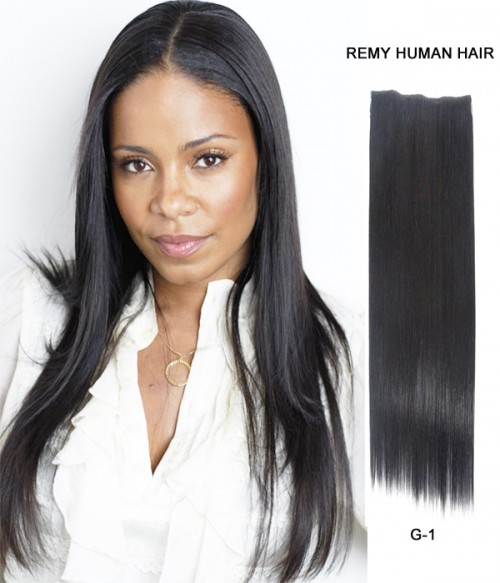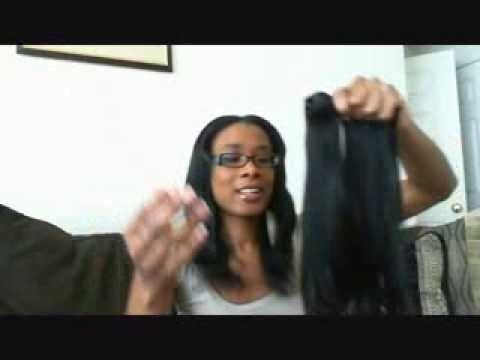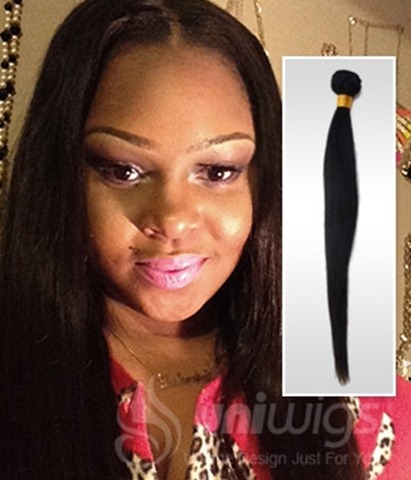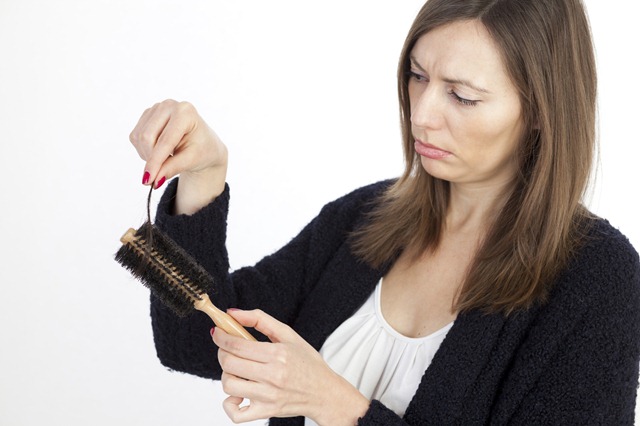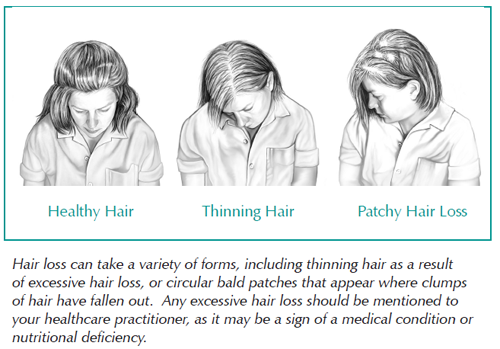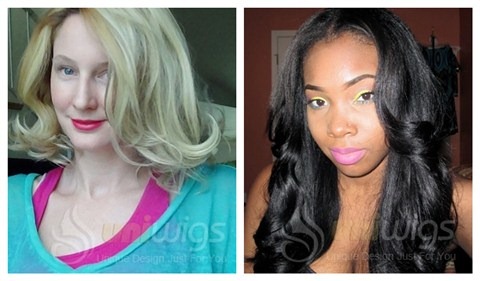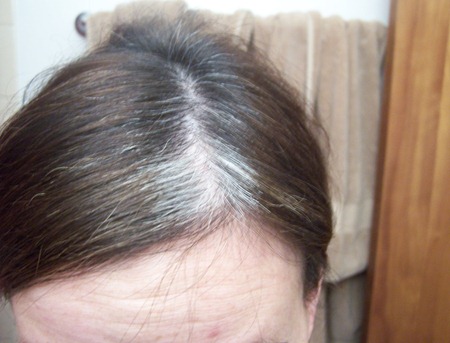To keep your hair toppers performing well and extending their lives, you must take care of them. This article will provide efficient ways and useful advice for taking good care of your hair toppers, from regular cleaning to appropriate storage.
Consistently clean your hair topper crown.
It’s essential to keep your hair topper clean to keep it hygienic and fresh. We recommended to use shampoos and conditioners special for alternative hair (wigs, hair toppers, hair extensions), and here are some essential actions to take for routine cleaning:
a. Spot cleaning: To stop spills and stains from soaking into the fabric, deal with them right away. Apply a clean, wet cloth and a little detergent to the afflicted area and gently blot it. Avoid using aggressive cleaners or chemicals that might scratch the hair topper.
b. Deodorizing: Sprinkling baking soda on the surface of the hair topper will help it absorb any scents. To get rid of the baking soda residue, carefully vacuum.
c. Machine Washing: Before attempting to machine wash your hair topper extension, check the manufacturer’s instructions. Some hair topper accessories are not designed to be machine washed and may need to be cleaned by a professional. If the hair topper can be washed in a machine, use a soft cycle and a light detergent, and make sure it is completely dry before using.
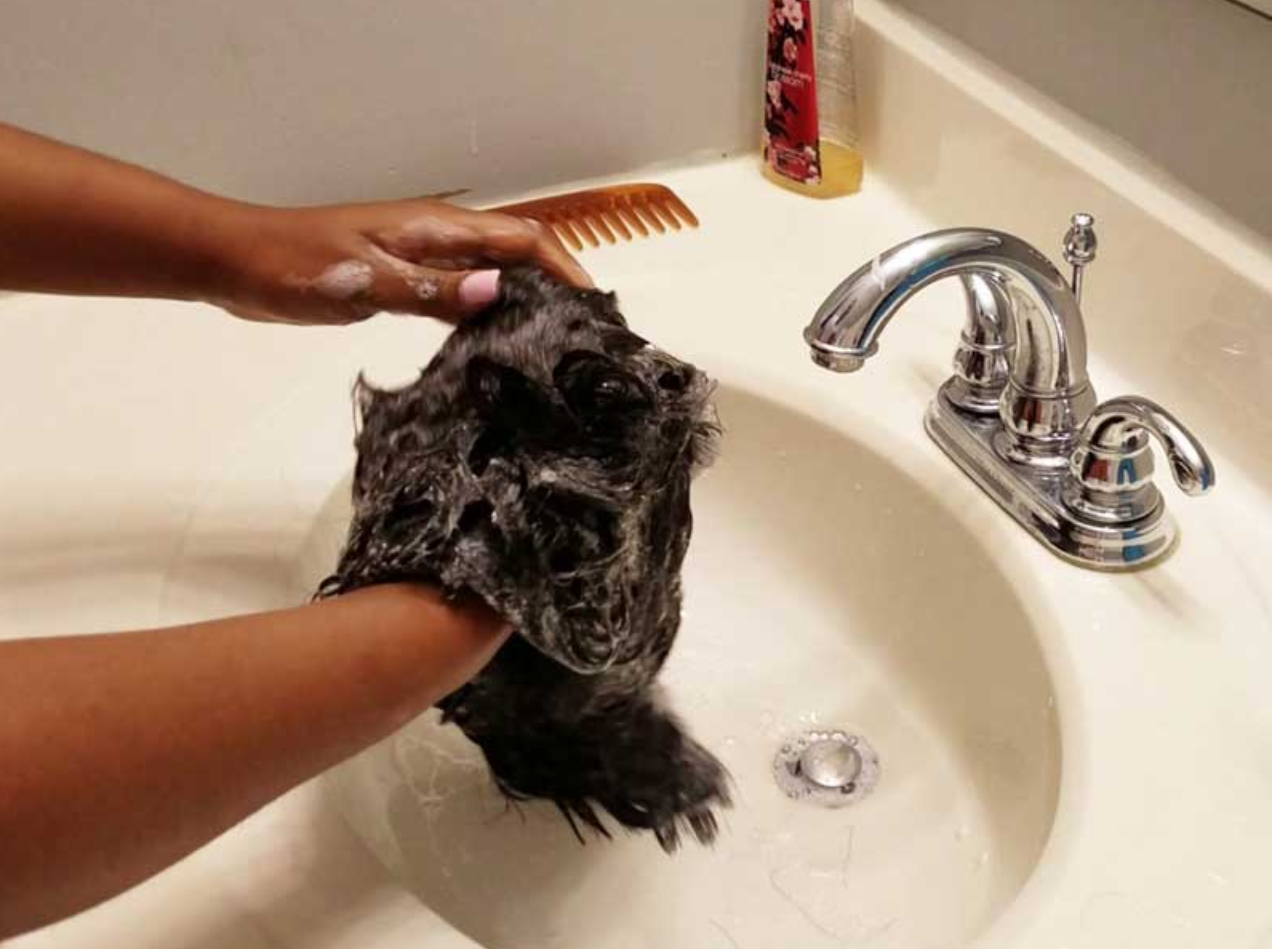
Please adhere to the washing directions on this blog:
How To Wash Your Human Hair Topper To Make it Last Longer
Keeping your hair topper free of allergens.
Taking extra measures to safeguard your hair topper is essential when you, a family member, or anyone else in your household has allergies. To reduce your exposure to allergens, remember these tips:
a. Use an allergen-proof cover: Invest in a premium, allergen-proof cover made just for hair topper extensions. These coverings serve as a barrier, avoiding the buildup of dust mites, pet dander, and other allergies on the hair topper.
b. Regularly Wash Bedding: To get rid of allergies, wash your sheets, pillows, and hair topper cover often in hot water. This routine aids in keeping the sleeping area tidy.
A rotating and flipping of the hair topper.
Consider rotating and flipping your hair topper frequently to maintain even use and increase its longevity. Follow these recommendations:
a. Flipping: If the pattern on your hair topper is symmetrical, do so once every several months. This aids in weight distribution and prevents drooping in particular places.
b. Rotating: Rotate your hair topper 180 degrees every few months if it is asymmetrical or has a certain orientation. This process makes sure that the hair topper maintains constant support and wears evenly.

Hair-topper storage advice
Your hair topper must be stored properly while not in use to keep its quality and form. These are some hints for storage:
a. Before putting your hair topper away, make sure it is clean and totally dry. Mold or mildew can grow as a result of moisture.
b. Use a Storage Bag: Spend money on a ventilated storage bag made especially for bedding. Plastic bags should not be used since they might retain moisture.
c. Store in a Cool, Dry Place: Look for a cool, dry location for storage that’s out of the path of the sun and high temperatures. Store your hair topper extension away from moist basements and attics.
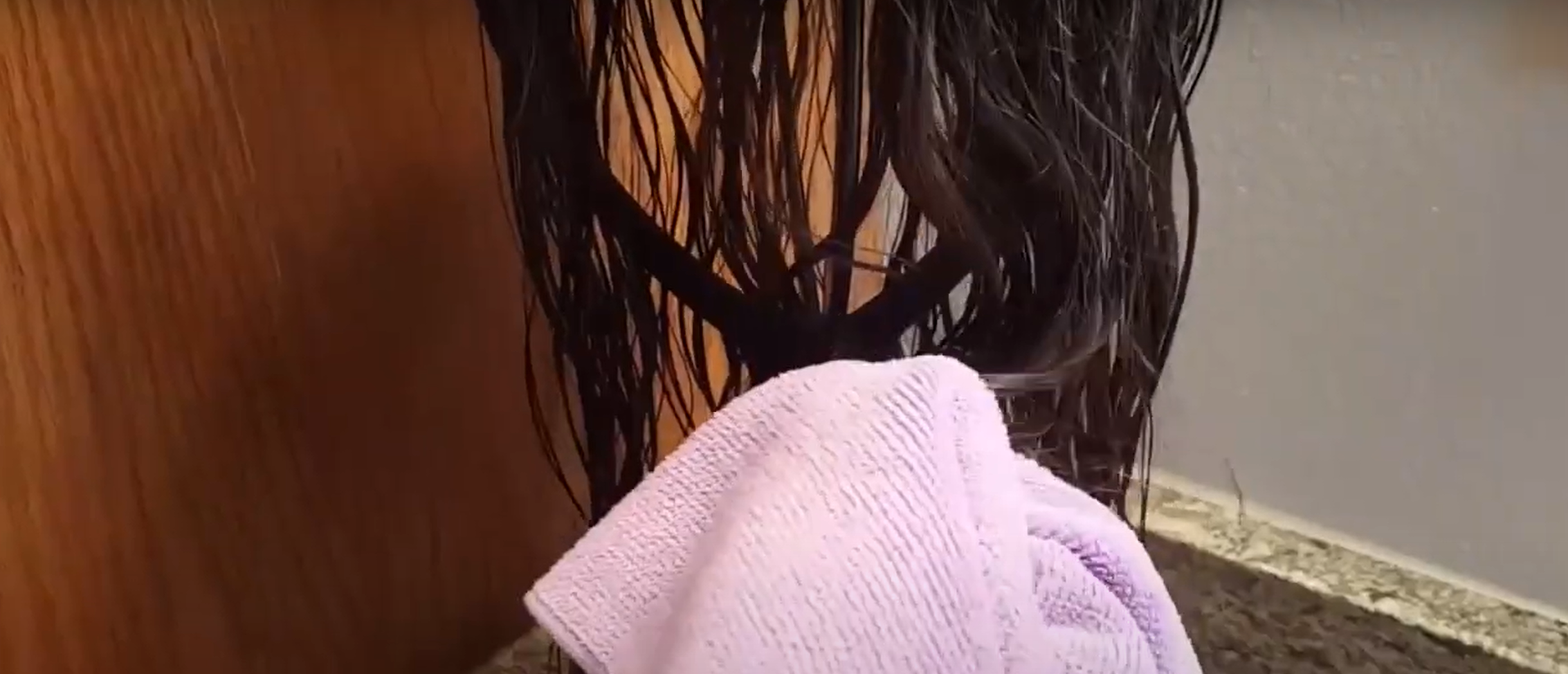
Avoid using a heavy hair topper.
Even though the fact that your hair topper is intended to offer additional support, it is crucial to avoid applying too much weight or pressure on it. The hair topper may eventually droop or lose its form if it is very heavy. Be careful while leaping or sitting on the hairpiece because these actions might put excessive strain on your body.
Keep your hair topper extension out of direct sunlight.
The components of your hair topper may eventually decay and fade if exposed to direct sunlight. Keep your hair topper out of direct sunlight while storing or using it, or use window covers to reduce exposure. The integrity and beauty of the hair topper are preserved thanks to this approach.
Observe the hair topper’s temperature guidelines.
The function and lifetime of your hair topper might be impacted by extreme temperatures. Keep the hair topper away from sources of intense heat, such as heaters or heated blankets. The materials in your hair topper may become stiffer and less pleasant if you leave them in excessively cold temperatures. Your hair topper will remain in the best possible condition if you go by the temperature recommendations.
Professional hair topper cleaning.
It could be required to use expert cleaning services for deep cleaning or for removing stubborn stains. Professional cleaners have the knowledge and specific tools necessary to successfully manage fragile hair toppers. Before selecting a cleaning company, make sure they have expertise in cleaning mattress hair toppers and employ techniques that are secure for the particular sort of hair topper you have. You may successfully extend the life and preserve the quality of your hair topper by putting these extra suggestions into practice and combining them with the maintenance techniques already discussed.

Frequently check your hair topper.
Make it a routine to frequently check your hair topper for indications of wear and tear. Look for any rips, loose seams, or cushioning that have fallen flat. Address any problems you find right away to stop future harm. Early repair of minor damage helps sustain the functionality and durability of your hair topper.
Handle and transport the hair topper extension properly.
Handle your hairpiece delicately while moving or transporting it to prevent additional strain or damage. To guarantee safe and secure handling, enlist the assistance of a second person, if at all feasible. The hair topper should not be bent or folded excessively since doing so might lead to severe damage. Instead, roll it up or transport it in the suitable packing advised by the manufacturer.
Comply with the hair topper’s warranty guidelines provided by the manufacturer.
Review the manufacturer’s warranty paperwork and become familiar with the particular maintenance guidelines as well as any terms or restrictions. Following the warranty instructions will help you maintain the hair topper properly and prevent you from mistakenly nullifying the warranty protection.
You can extend its life, maintain its comfort, and make use of its advantages for many years to come. Your hair topper must be properly cared for and maintained to remain in great shape. You can make sure that your hair topper continues to offer the necessary comfort and support by routinely examining, and treating with care, and according to warranty conditions.
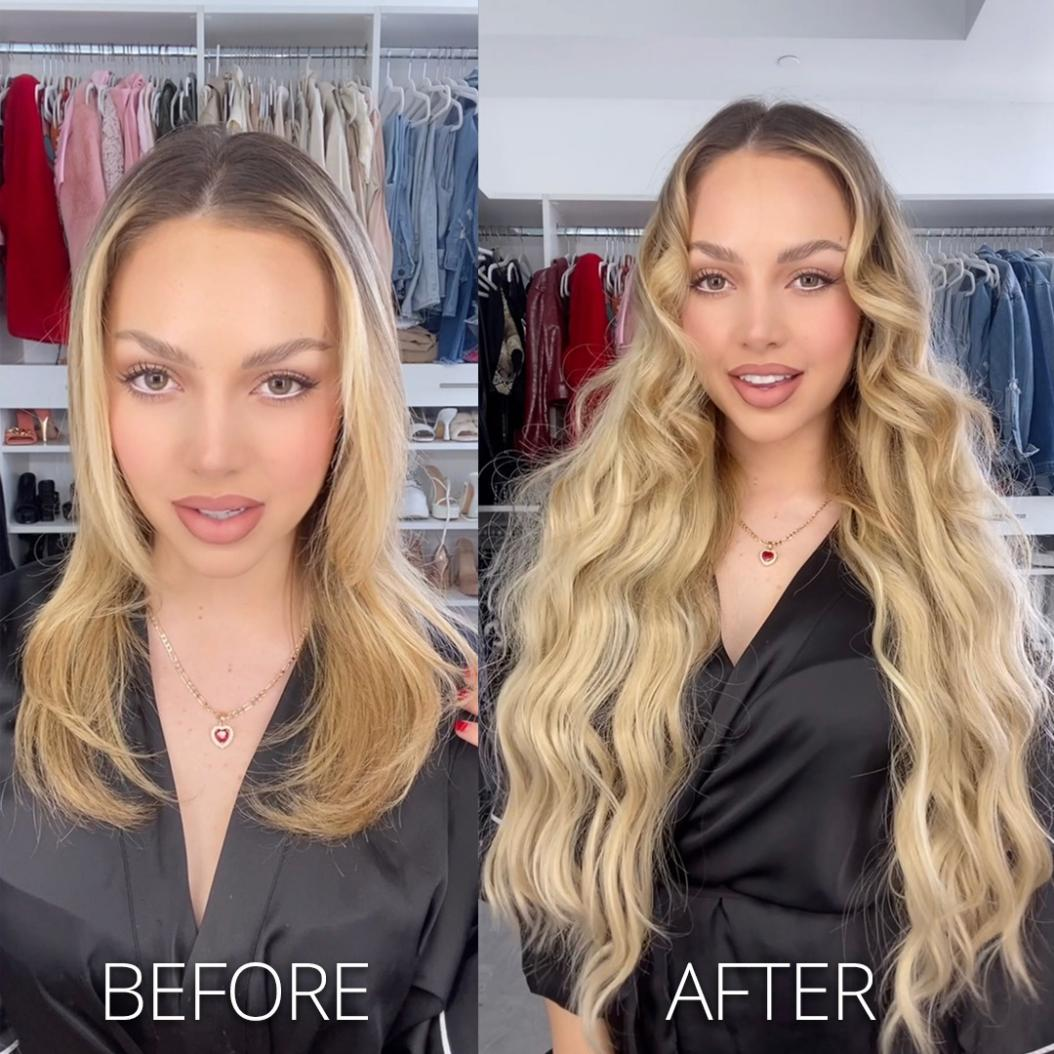


 Deep conditioners are more powerful and potent than rinse-out conditioners, as they are usually formulated with molecules that are small enough to penetrate into the hair shaft and hydrate the hair strands while filling any damaged gaps. Deep conditioners will hydrate the hair and reduce breakage and shedding.
Deep conditioners are more powerful and potent than rinse-out conditioners, as they are usually formulated with molecules that are small enough to penetrate into the hair shaft and hydrate the hair strands while filling any damaged gaps. Deep conditioners will hydrate the hair and reduce breakage and shedding.